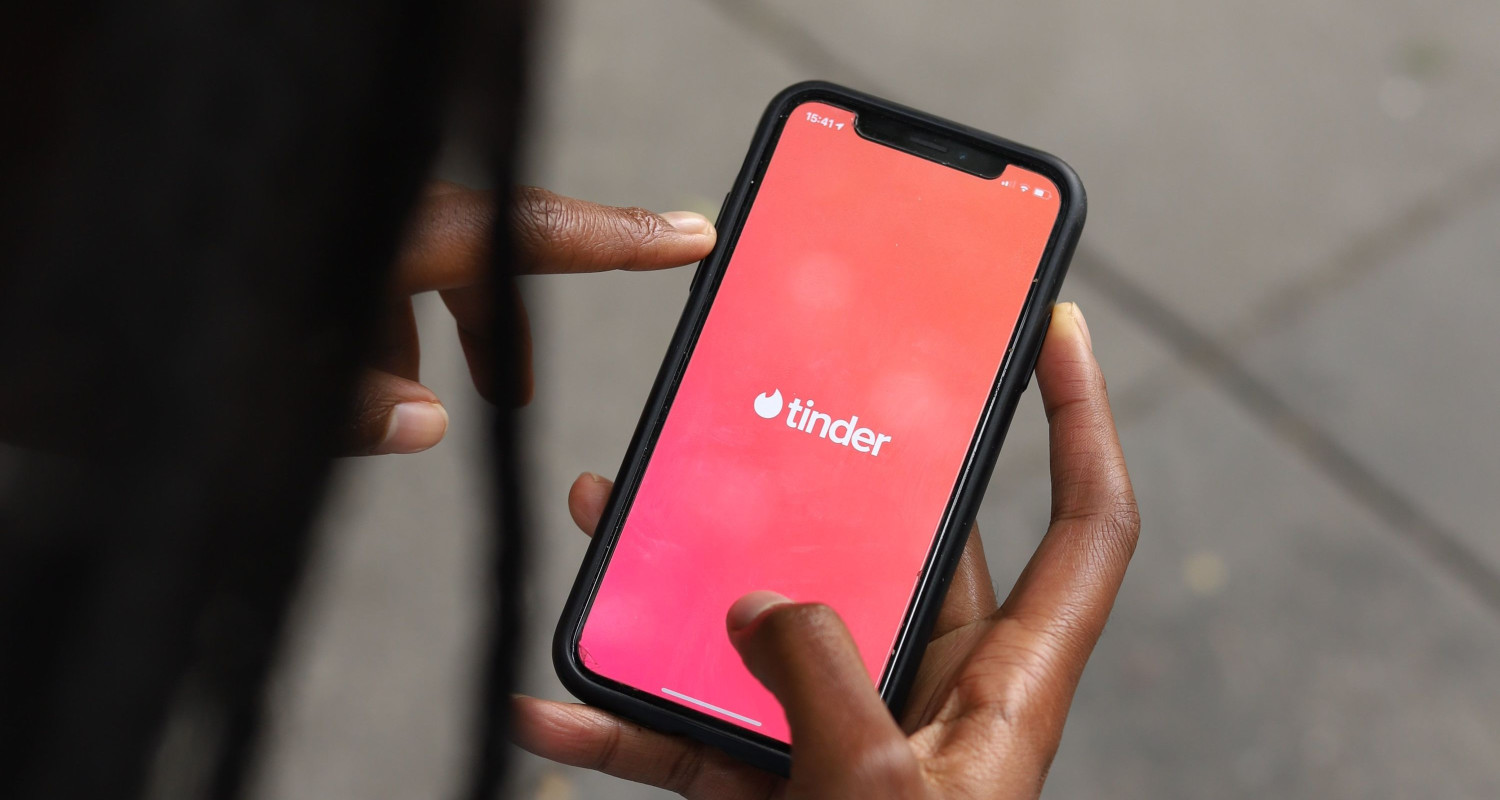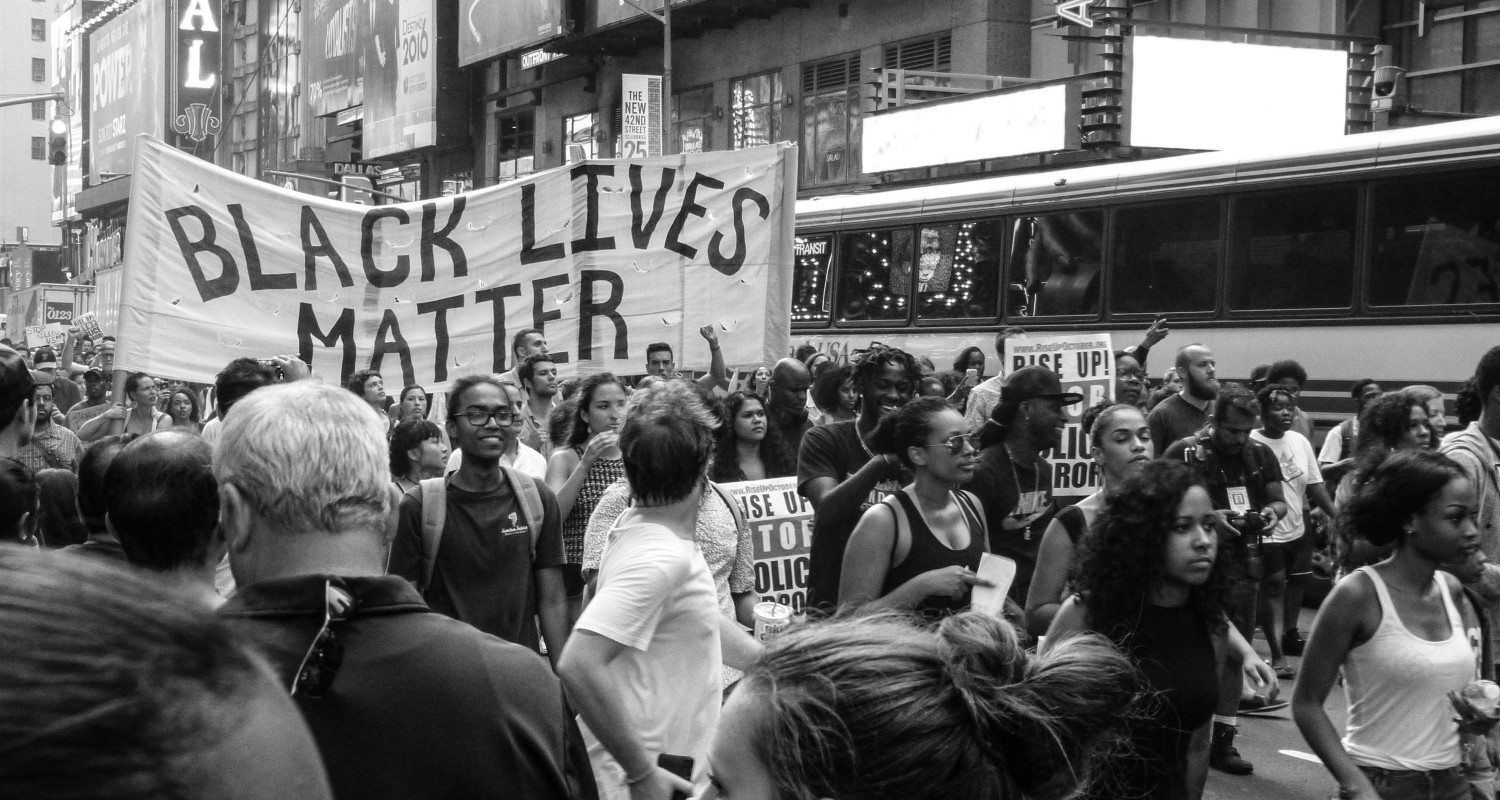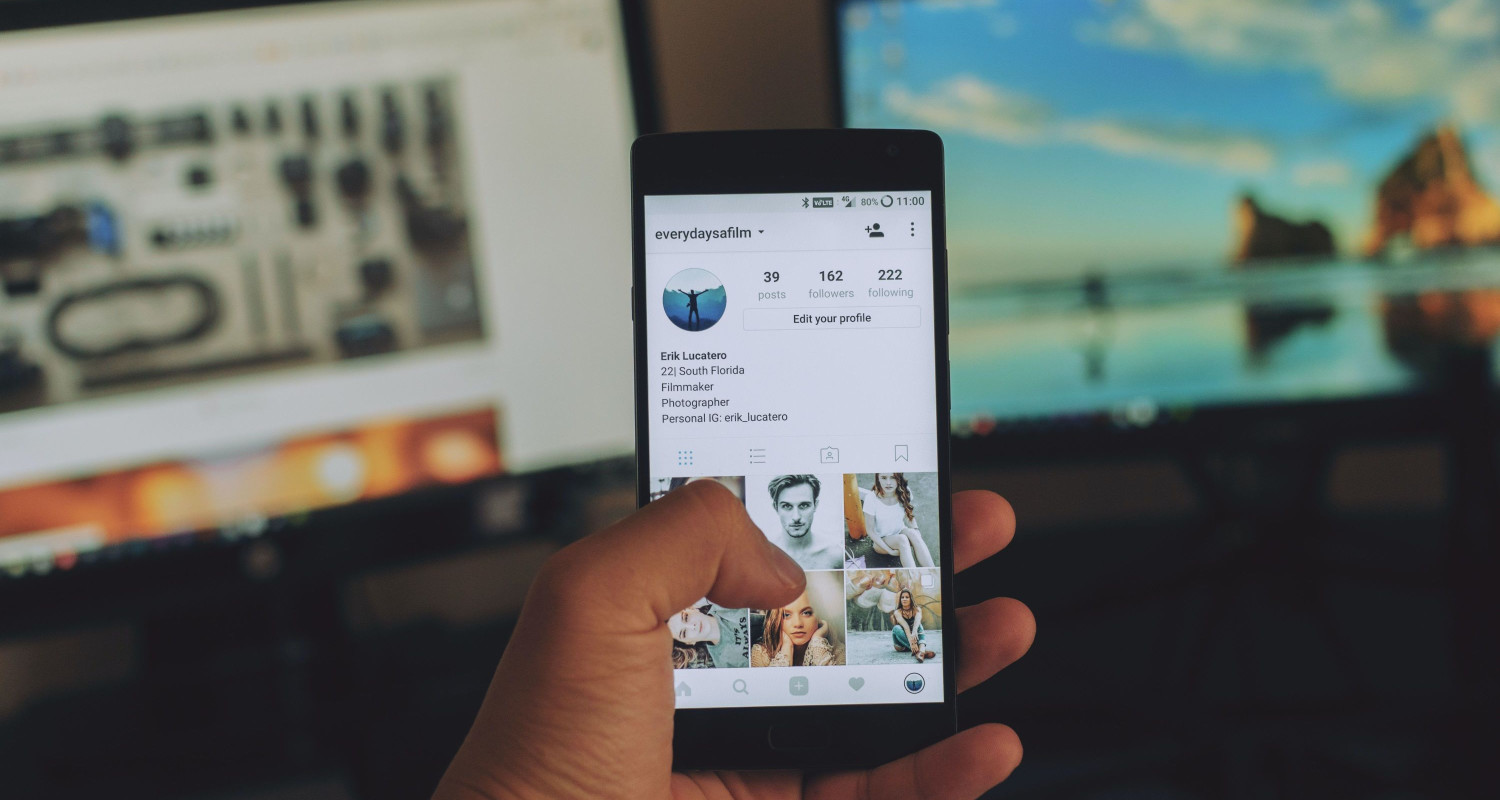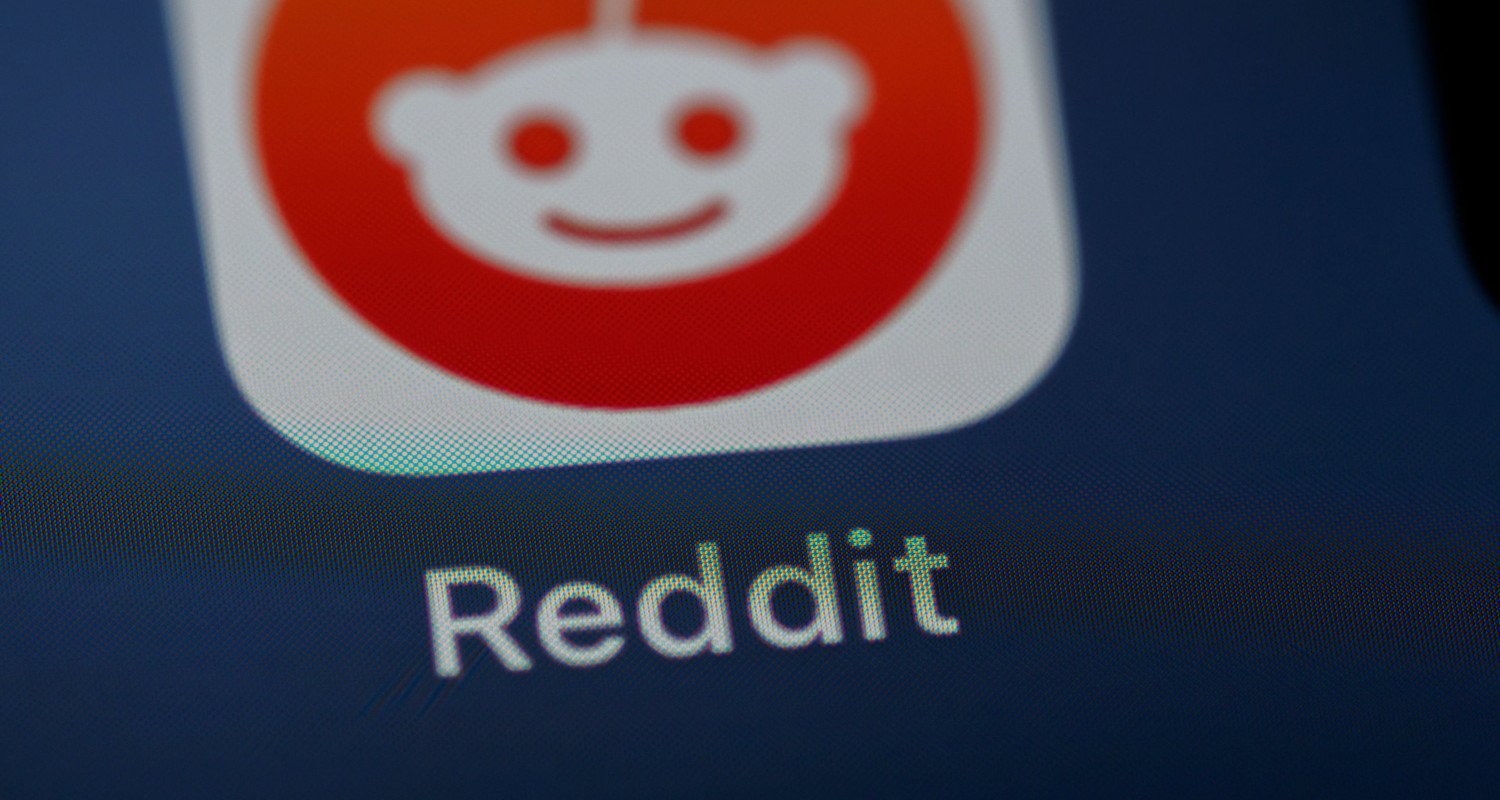A world without social media is something that no one can imagine. But what if social media never existed? This article will explore this topic and see all the possibilities.
In a world without social media, communication will be much less immediate, information will be transported slower, and online connections will be limited. People will be forced to pay more attention to face-to-face interactions, impacting international connectivity and cultural exchange.
Understanding the advantages and disadvantages of the absence of social media is essential. This is so that everyone can decide on their social media usage. These systems serve as virtual arenas for social interplay, information dissemination, and cultural exchange. This helps profoundly affect public discourse, commercial enterprise dynamics, and private relationships.
What if Social Media Never Existed? A world without Social Media.
What if social media never existed? Contemplating such a scenario compels us to question the consequences of its absence in a world characterized by perpetual connectivity and the absence of the continuous scroll.
Instead of the familiar landscape of steady updates, likes, and stocks, imagine a reality where face-to-face conversations, tangible experiences, and unfiltered moments take precedence. What if the fabric of our current lifestyles, woven with the threads of dependency, impact, and innovation, had never been touched by the presence of social media?
Delving into this hypothetical realm allows us to unravel the layers and explore the profound effects on interpersonal relationships.
Impact on Personal Relationships and Communication
In a world without social media, the dynamic landscape of personal relationships undergoes a profound shift; this emphasizes the need for direct communication to maintain and nurture connections. Unlike the instantaneous nature of digital interactions, a like or comment might be replaced by genuine engagement.
A social media-free world compels individuals to invest time and effort in face-to-face conversations or conventional conversation channels. Direct verbal exchange becomes the lifeblood of relationships, fostering a more profound knowledge and connection among people.
The nuances of verbal and non-verbal cues, regularly diluted in the virtual realm, regain prominence. Also, Shared stories become more tangible, and emotional bonds improve via the richness of in-man or woman interactions. Also, This shift cultivates a feeling of authenticity, as conversations are not filtered through the curated lens of social media profiles.
The lost art of personal interaction and its significance.
The lost art of private interaction, often overshadowed by emojis, regains its importance in a social media-free world. The subtleties of frame language, tone, and facial expressions take the middle stage, considering a more profound and authentic trade of mind and feelings. Also, The intensity and authenticity of relationships are not restrained by the constraints of an individual.
Moreover, the absence of social media encourages individuals to invest time and electricity to cultivate meaningful connections. The effort required to keep relationships will become a planned and intentional act, fostering a feeling of dedication. In this scenario, private relationships evolve from online connections to tangible ones, creating a richer tapestry of human connection.
Social Connection and Community Building
In its expansive reach, social media is a powerful catalyst for connecting individuals with various corporations and communities, transcending geographical barriers and enabling unprecedented access to many perspectives and experiences. One of the terrific components of social media is its ability to provide help structures, particularly for marginalized groups.
These systems act as inclusive areas wherein people facing similar demanding situations or advocating for common causes can find unity and power in numbers. For example, social media has played a pivotal role in amplifying the voices of diverse marginalized groups, permitting them to share their stories, improve consciousness, and garner assistance on a worldwide scale.
Now, what if social media never existed? In a world without social media, the avenues for such massive connectivity and community construction would be critically confined.
The role of social media in providing support systems
The democratization of facts and the potential to connect to like-minded people from distinct corners of the world are indispensable. Moreover, social media serves as a crucial aspect of activism, permitting marginalized communities to organize and venture against societal norms.
The absence of this virtual medium ought to prevent the progress and visibility of social moves, restricting collective power. In essence, the role of social media in connecting numerous businesses and presenting a platform for guidance. Also, advocacy is a testament to its transformative impact on social dynamics and community building.
Self-Perception and Mental Health
Social media’s pervasive impact extends to shaping self-notion and, in turn, notably impacting intellectual health. The curated nature of the content on these platforms regularly contributes to a distorted experience of fact.
This leads to fostering a subculture of contrast that may damage people’s mental well-being. The consistent publicity of carefully selected pictures and curated life highlights on social media systems can result in unrealistic standards. This, in flip, can adversely affect shallowness as people compare their lives and appearances to the idealized versions online.
Comparison culture and its impact on mental well-being.
The cycle of comparison that prospers on social media structures exacerbates those demanding situations. Individuals may find themselves engaged in relentless comparisons with others, be it in terms of achievements, lifestyles, or bodily appearance.
This “retaining up with the Joneses” mentality fosters a feeling of opposition and inadequacy, amplifying the impact on intellectual fitness. The curated nature of social media content material regularly portrays an incomplete and exaggerated photograph of truth.
This is to underestimate their very own accomplishments and overemphasize perceived shortcomings. Suppose we think of what if social media never existed. It could mitigate these results, making individuals aware of the personal increase and authentic connections. Also, This is as opposed to succumbing to the pressures of contrast subculture.
Therefore, the impact of social media tells us the need to understand the role that it plays.
Safety and Responsibility in Daily Life
Social media’s pervasive presence has prolonged its influence, impacting actual world protection, especially inside the context of distracted use. Also, The compulsion to live related and engaged on social media platforms has led to an alarming boom. This can pose significant risks to public safety.
Using smartphones to test notifications, respond to messages, or engage in social media while riding diverts interest. This can contribute to accidents and endanger lives. Again, what if social media never existed? In a world without social media, the ability for distracted-using incidents might be lower.
This may alleviate a primary hazard to avenue protection. The absence of constant notifications and the want for on-the-spot online interaction might reduce the temptation to apply. Smartphones, at the same time as riding, foster safer and more targeted driving surroundings.
The importance of responsible technology use
The evolving panorama of generation necessitates a heightened responsibility experience in its usage. Beyond the difficulty of distracted use, responsible generation use encompasses issues along with online etiquette, digital privacy, and the effect of statistics dissemination on societal well-being.
Encouraging people to exercise mindfulness and moderation of their use of generation, including social media, becomes essential for fostering a harmonious and safe coexistence between the virtual and bodily worlds. Therefore, a world without pervasive has an impact on social media and might witness a decrease in distractions.
Also, Emphasizing responsible era use remains pivotal in navigating the increasingly interconnected aspects of modern lifestyles.
Dating and Social Interactions
Social media and courting apps have revolutionized the landscape of relationship subculture, introducing both possibilities and challenges.
The advent of systems like Tinder, Bumble, and OkCupid has streamlined the process of assembling potential romantic companions. This helps to offer a widespread pool of applicants and introduce the idea of swiping right or left.
This virtual dating method has altered the dynamics of courtship, imparting a more excellent green, however frequently more superficial, way of connection.
While social media and courting apps have transformed the courting panorama, a go back to old-fashioned ways may additionally bring about a renewed awareness of the human element of romantic connections, fostering relationships built on a foundation of fundamental understanding and shared reviews.
The old-fashioned ways of finding romantic connections.
In contrast, the old-fashioned ways of locating romantic connections had been characterized by a slower, more excellent planned tempo. Meeting someone often concerns face-to-face encounters through mutual friends, social occasions, or risk encounters in regular life.
Building a connection relied on shared reports, authentic conversations, and a sluggish understanding of one another—the absence of instant digital judgments allowed for an extra nuanced and actual exploration of compatibility. A world without social media and courting apps might witness a resurgence of these traditional relationship techniques.
People could locate themselves more attuned to the subtleties of personal interactions, investing time in gaining knowledge of each organically. The emphasis may shift from the immediate gratification of online profiles to the intensity of significant connections forged via shared pursuits and actual conversations.
Social Activism and Rights Advocacy
Social media has emerged as a powerful device for mobilizing social movements and advocating for diverse rights, providing a platform for people and groups to raise focus, prepare, and effect alternate on a global scale.
The on-the-spot nature of communique on systems like Twitter, Instagram, and Facebook allows for the rapid dissemination of statistics, making social media a catalyst for activism and rights advocacy. One high-quality function of social media in social activism is its ability to enlarge voices, which can be marginalized or unheard in any other case.
Movements such as #BlackLivesMatter, #MeToo, and #ClimateStrike have won momentum and worldwide attention through social media, transcending geographical boundaries to unite like-minded individuals and garner support for their respective reasons. The hashtag way of life has become a rallying cry for activists, permitting them to connect, share tales, and construct harmony.
Examples of successful social media-driven campaigns.
Successful social media-driven campaigns frequently harness the strength of storytelling and visible content material to create emotional resonance and inspire movement.
For example, the Ice Bucket Challenge raised cognizance and price range for amyotrophic lateral sclerosis (ALS), with members sharing movies of themselves pouring buckets of ice water over their heads and challenging others to do the same. This marketing campaign went viral, highlighting the capability of social media to turn recognition into tangible help.
Moreover, using systems like Instagram and Snapchat to percentage actual-time updates and stay streams has supplied activists with a way to report occasions, protests, and actions as they spread, fostering a feeling of immediacy and urgency.
Now, what if social media never existed? In a world without social media, the speedy dissemination of statistics and the worldwide attain executed through those movements could be hampered.
Educational Implications and Learning
Social media’s impact on education and learning is a double-edged sword, with positive and negative implications that have transformed the instructional landscape. On the high-quality side, social media is a treasured tool for collaboration, communication, and statistics sharing among college students and educators.
Platforms like Facebook, Twitter, and LinkedIn create virtual areas for instructional groups to connect, proportion sources, and interact in discussions beyond the confines of the conventional schoolroom. Social media has also democratized access to facts, permitting college students to explore numerous perspectives.
Also, they can participate in online boards and access educational content worldwide. However, social media’s negative results on training are also glaring. Distractions posed via steady notifications, the appeal of unrelated content material, and the ability for cyberbullying can preclude the getting-to-know enjoyment.
How social media has transformed the educational landscape.
In reworking the academic panorama, social media has additionally encouraged coaching methodologies. Educators can leverage platforms like YouTube for instructional motion pictures, Twitter for real-time updates and discussions, and collaborative equipment like Google Docs for shared projects.
Virtual school rooms and online mastering communities have become crucial for education, offering flexibility and accessibility. The academic panorama would lose the blessings of connectivity, collaboration, and global access in a world without social media. Still, it would gain reduced distractions and a renewed awareness of traditional teaching techniques.
Balancing social media’s high quality and harmful impacts on training remains crucial for educators, college students, and establishments alike.
Job Market and Employment Opportunities
Social media has emerged as an instrumental player in the job marketplace, transforming the panorama of activity looking and recruitment procedures. Platforms like LinkedIn, Twitter, and even Facebook have developed into dynamic hubs for expert networking, connecting activity seekers with employers and reshaping the traditional job search paradigm.
The role of social media in activity searching is multifaceted. Job seekers can use those systems to create professional profiles, exhibit their talents, and interact with industry-unique content material. Networking has accelerated beyond bodily activities to digital areas, permitting individuals to connect to experts, be part of industry corporations, and benefit from insights into activity opportunities.
Recruiters, in flip, use social media to source talent, display applicants, and exhibit the employer’s way of life. Without social media, the job marketplace might revert to extra-traditional recruitment techniques, depending closely on resumes, cover letters, and face-to-face interactions.
The role of social media in job hunting and recruitment.
The efficiency and reach that social media brings to the activity process could diminish, doubtlessly leading to longer hiring cycles and a more constrained pool of applicants for employers to pick from. However, the absence of social media may alleviate certain demanding situations.
Issues related to unconscious bias, privacy concerns, and the potential for algorithmic discrimination inside the hiring system are probably mitigated. The focus should shift toward extra holistic assessments of candidates, counting on in-depth interviews, referrals, and conventional networking occasions.
In this scenario, job seekers might need to rely more on personal connections, enterprise activities, and specialized job boards to explore employment possibilities. In conclusion, the impact of social media on the process market is giant, facilitating green and expansive connections among job seekers and employers.
The impact on career opportunities in the absence of social media.
In a world without social media, at the same time, as specific challenges may additionally decrease, the dynamics of activity hunting and recruitment could go through an enormous transformation, prompting a reevaluation of traditional strategies for expertise acquisition and professional development.
Personal Privacy and Overexposure
Social media has reshaped the limits of private privacy, introducing a sensitive balance between sharing factors of one’s life and defensive, touchy statistics.
While these platforms allow people to connect, share reviews, and interact with an international target audience, the dangers associated with overexposure and public shaming have become vital concerns. Social media customers frequently grapple with balancing sharing non-public moments and maintaining privacy.
The balance between sharing and privacy on social media.
The charm of likes, comments, and stocks can incentivize individuals to disclose intimate details, regularly blurring the line between the private and non-private spheres.
The sharing lifestyle established on systems like Instagram and Facebook can create a feeling of validation through online interactions. However, it also exposes individuals to ability risks. Overexposure to social media can lead to numerous privacy-associated dangers.
Once shared online, personal facts will become susceptible to data breaches, identity theft, or cyberstalking. Moreover, the permanence of digital content poses demanding situations, as posts and interactions can resurface in unexpected contexts, affecting a person’s private and professional existence.
Risks associated with overexposure and public shaming.
Public shaming is any other widespread chance related to the absence of privacy on social media. The viral nature of the content can amplify the impact of bad stories, turning private topics into public spectacles.
Cancel culture, online harassment, and the speedy unfolding of misinformation can cause extreme results, impacting people’s intellectual health, recognition, and employment possibilities. Navigating the balance between sharing and privacy requires thoughtful attention to the capability outcomes.
Establishing clear obstacles, frequently reviewing privacy settings, and being conscious of the content material shared can contribute to a more fabulous, steady online presence. Moreover, fostering a way of life of empathy and responsible online behavior can mitigate the dangers associated with public shaming.
They can also inspire greater superb and supportive virtual surroundings. Ultimately, understanding the results of overexposure to social media is critical for individuals looking to shield their privacy.
Influence on Lifestyle and Consumer Behavior
Social media extensively impacts lifestyle picks and patron behavior, pivotal in shaping domestic decor tendencies, private style, and spending habits.
Platforms like Instagram, Pinterest, and TikTok have become virtual showcases for visual proposals, developing dynamic surroundings where individuals can discover, emulate, and contribute to evolving trends. In the world of domestic decor, social media structures have ended up veritable treasure troves of design thoughts and inspirations.
Influencers and customers’ percentage pictures and videos showcasing their houses, DIY tasks, and progressive layout concepts.
The impact of social media on home decor trends and personal style.
This democratization of layout influences has elevated the spread of tendencies from minimalist aesthetics to sustainable living practices.
Social media no longer only reflects current trends but actively contributes to their introduction, fostering a feel of global interconnectedness in layout options. Social media have drastically inspired personal style. Platforms like Instagram have given an upward push to style influencers and bloggers whose curated content serves as a supply of thought for thousands and thousands.
Users can easily find and emulate distinct style styles due to the fast dissemination of traits and the diversification of personal patterns.
Social media’s role in shaping spending habits and consumer behavior.
The accessibility of online shopping via social media also speeds up the adoption of style developments. In phrases of consumer conduct, social media plays a central role in shaping spending conduct. The constant publicity of way-of-life influencers, product evaluations, and backed content creates a culture of consumerism.
This influences individuals to make shopping selections based on traits and social validation. Social media systems often utilize targeted advertising, harnessing user records to tailor content to precise demographics and possibilities. The impact of social media on lifestyle and purchaser behavior is undeniable, reshaping how people perceive and interact.
As these structures continue to conform, their effect on the market will probably deepen. Also, it prompts individuals to navigate the satisfactory line between knowledgeable intake and succumbing to the pressures of tendencies.
Information Access and News Consumption
Social media has transformed how we get the right to enter information, reshaping the panorama of information consumption. Traditional data assets, including newspapers and television, had been supplemented and, in a few cases, supplanted by real-time updates and consumer-generated content on structures like Twitter, Facebook, and Reddit.
The immediacy of news on social media permits users to access breaking memories and updates in real-time. This democratization of records empowers people to emerge as active contributors, sharing and reacting to stories as they unfold. The viral nature of content material on social media can propel information stories into the spotlight, amplifying their impact and attainment.
Changes in the way we access news and information.
The reliability and impact of news consumption on social media.
The reliability of news consumed through social media is a topic of the situation. The ease with which facts can be shared and disseminated on those systems.
This opens the door to incorrect information, faux news, and sensationalism. The loss of editorial oversight and the viral spread of unverified content material can contribute to the fast proliferation of misguided facts.
While social media presents an excellent-sized and diverse array of voices and perspectives, it additionally poses demanding situations in discerning credible assets from unreliable ones. The effect of news consumption on social media is profound, influencing public opinion, shaping narratives, and contributing to the polarization of discourse.
Navigating the complex panorama of information access on social media calls for a critical and discerning technique, emphasizing media literacy and truth-checking to ensure a well-knowledgeable and accountable engagement with news content material.
See Also: Why Do Non-Profit Agencies Include Blogs on their Websites?
Time Management and Productivity
Social media’s pervasive presence can significantly impact everyday time control and productivity.
The constant notifications, scrolling feeds, and the appeal of virtual engagement create capability distractions that can hinder centered work. Individuals often accidentally discover themselves spending large amounts of time on social media. This can lead to a decrease in everyday productivity.
The addictive nature of social media, with its infinite movement of content material and the concern of lacking out (FOMO). This can contribute to procrastination and needing help staying on task. The phenomenon of “doomscrolling,” wherein individuals mindlessly devour harmful content, similarly exacerbates the impact on intellectual well-being and productivity.
An existence with more excellent, unfastened time and fewer distractions may want to bring about numerous advantages.
The potential benefits of a life with more free time and fewer distractions
An existence with fewer virtual interruptions might encourage people to domesticate hobbies, interact with physical activities, or pursue personal development. These endeavors could be overshadowed with the aid of excessive social media use. The capability for multiplied face-to-face interactions and deeper connections with others may foster an experience of fulfillment.
Also, make contributions to a greater balanced and meaningful existence. While social media undoubtedly offers connectivity and statistics sharing, being conscious of its impact on time control is critical. Striking stability allows for the blessings of virtual engagement at the same time as minimizing its adverse effects. This can contribute to an extra intentional and pleasing use of time.
The Generational Divide in Social Media Use
The impact of social media absence varies across age agencies, reflecting a generational divide in how people interact with and perceive these systems.
For younger generations, including Millennials and Generation Z, who have grown up within the age of generation, social media often serves as a primary means of communication, self-expression, and community building.
The absence of social media in their lives may lead to an experience of disconnection, as these platforms play a significant position in shaping their social interactions and identity. On the contrary, older generations, consisting of Baby Boomers and Generation X, may additionally experience a much less stated effect.
Many people in these age agencies have adopted social media in diverse capacities, including their social lives and personal relationships. They are regularly less intertwined with digital systems.
I am exploring the concept of loneliness in the context of social media use.
Exploring the concept of loneliness in the context of social media use exhibits an interplay between online interactions and actual connections. While social media enables individuals to hook up with others globally, it does not permanently alleviate feelings of loneliness.
Paradoxically, excessive social media use, characterized by passive scrolling and superficial connections, can contribute to a feeling of isolation. In the absence of social media, people may additionally experience a shift in their belief of loneliness. Some may also find solace in significant face-to-face interactions, while others may face demanding situations.
Understanding those nuanced results throughout generational lines is crucial for spotting the diverse approaches in which social media shapes relationships.
See Also: Introduction to Social Media and Its Impact
Overall Happiness and Quality of Life
The relationship between social media use and general happiness is a complicated interplay that involves various factors, including the nature of online interactions, evaluation dynamics, and the effect of virtual engagement on mental well-being.
While social media presents opportunities for connection and self-expression, excessive pursuit of outside validation through likes and remarks can contribute to terrible feelings and inadequacy. The consistent publicity of carefully curated content material on social media structures can cause social contrast.
This happens when people measure their lives in opposition to idealized representations, probably leading to decreased lifestyles, pride, and happiness. In a world without social media, there’s a capacity for stepped-forward life satisfaction.
The potential for improved life satisfaction in a world without social media.
The absence of curated online personas and the pressure to conform to societal beliefs on social media may foster a more authentic sense of self. Individuals may also locate more contentment by specializing in their actual life reports, relationships, and personal accomplishments without the consistent backdrop of contrast and external validation.
Moreover, without social media’s distractions and capacity-poor effects, people may invest more time in meaningful face-to-face interactions, hobbies, and personal development. Reducing digital interruptions may contribute to superior recognition, higher mental well-being, and a universal development within existence.
However, it is critical to know that the relationship between social media and happiness is nuanced, and its impact varies from individual to character. Some individuals discover authentic connections, support, and joy through online communities. At the same time, others may additionally experience adverse effects on their intellectual health.
See Also: Understanding the Symbolism of ’33’ in Social Media
Conclusion
In envisioning a world without social media, the capability impacts are multifaceted. The absence of these systems may additionally lead to improvements in standard well-being, with people experiencing greater life satisfaction by avoiding the terrible components of social assessment and curated self-presentation.
The ability for deeper, more proper face-to-face interactions and a discount on virtual distractions may also contribute to improved intellectual health and a more affluent first-class lifestyle. However, it is essential to recognize social media’s beautiful aspects, including global connectivity, information dissemination, and community construction.
Final thoughts on the balance between digital and real-world interactions
Balancing stability in interactions between the virtual and physical worlds becomes crucial, especially when considering the nuanced and varied impact of social media on individuals and generations. Highlighting the mindful and intentional use of technology, alongside nurturing meaningful offline connections, is essential for fostering a harmonious coexistence.
The significance of envisioning a world without social media underscores the importance of navigating the evolving virtual landscape thoughtfully and discerningly. This involves promoting human connection, authenticity, and well-being in both digital and physical realms. What if social media never existed?
See Also: What is S Tier Social Media?













